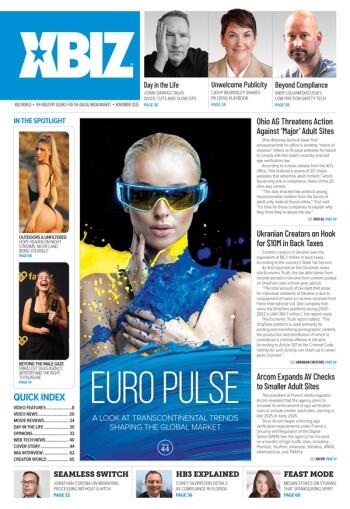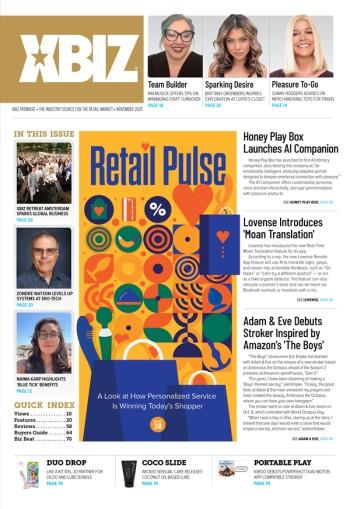Native advertising is paid advertising where the ad matches the look and feel of the editorial content of a website.
You can get really creative, because getting a higher click-through rate (CTR) for native ads is all about psychology in order to create meaningful engagement from a potential customer who is viewing the website where your ad is placed.
Choose an image that fits into the website you are targeting.
Think of it as content marketing. Once a user clicks on your native ad, they should be taken to a landing page, where the advertiser works their magic to get them to convert.
Getting Back to Basics
So, what is a native ad? It consists of an image, a short title and a short description. Here are some tips to help you develop into a killer native advertising creative…
Using Engaging Imagery
About 50 percent of attracting the user stems from using a compelling image. You don’t need a graphic designer to create these images — they are not like banner ads, which may need text creatives or animations included. With native, it’s just a simple image and you have many options here, so get your creative juices going.
Contextual: Choose an image that fits into the website you are targeting. For example, if it’s a website with reviews of cars, use an image of a car. That way, the user is more likely to click on your native ad, because they are on that website checking out cars.
Avoid stock photos: Yes, the end user has seen those stock photos over and over again. They look staged.
Amateur real life photos: We live in a smartphone world. We are now totally trained to enjoy Instagram-styled selfies and images. Those amateur-styled photos create sincerity, intimacy and familiarity.
Eye contact: Using a photo of a person(s) looking directly into the camera is highly engaging for the end user.
Emotional response: Human facial expressions can have a powerful impact. Happy, sad, flirtatious or funny? All will trigger an emotional response from an end user. Ambiguous and unclear expressions won’t generate the same type of response. And what about cute animals? They always get a positive reaction.
Keep it linked: Your image should have an element that relates to the native ad’s title and description, so it is not considered misleading and it shows what the user can expect once they click.
Crafting a Strong Title and Description
When examining the CTR difference of a native ad with just an image, compared to one with an additional title and description, ExoClick’s Business Intelligence team found the latter generates a much higher CTR. Ads with no title or description have an average CTR of 0.14 percent, while those with a title and description average 0.23 percent. Therefore, using a title and description increases your CTR by 60.8 percent, so it’s well worth doing. Keep your title short and the description length should be a short sentence.
Despite the shorter overall length of the text, your title and description still need to get your message across. Since the title font will be bigger and bolder than the description, be sure that this works in harmony with your image. The description should then amplify and tease your title message further, to get the user to click. Please note that some publishers only allow a title and no description, so your title text should always be a good call to action. Here are a few suggestions for compelling text:
Make it a question: Get them thinking by starting your text with phrases such as “Did you know…?” | “How can you find…?” | “What’s the best…?” | “Have you ever tried…?” | “Are you…?”
Use facts and statistics: People love facts, not fake news. For example, a phrase along the lines of “80% of men…,” “9 out of 10 cats…,” etc.
Use numbers: Numbers are easier for a reader to notice, such as “7 things you should know about shampoo” works better than “Seven things…” and it saves you character space!
Make it newsworthy: Exploit big current news stories or big movie and Netflix series releases, so you can tie your ad’s text into them.
Offer a lifehack: People love to learn new things to make their lives easier or to learn new tricks — e.g. “How to get the girlfriend of your dreams,” “How to save 3 hours a day,” etc.
Be negative: Sometimes, negative words such as “worst” gain more clicks than positive ones like “best.” Negative statements are intriguing and seem more authentic and genuine, such as “Your worst nightmare just came true, but this will fix it.”
Translations: Chances are that you will be targeting different countries, so make sure that you use a native speaker to translate your texts and concepts. Never use Google Translate as it will make your native ad less clickable.
Dynamically Inserting Keywords
Ad networks such as ExoClick provide a feature that lets you dynamically change texts within your native ad campaigns. This is a really useful feature, particularly for geo-targeting and can really help you increase conversions. It’s all down to dynamic keyword insertion tokens, which automatically replace specific texts with keywords relevant to the end user.
Here’s an example, let’s say you have a geo-localized dating product. With the dynamic keyword insertion for country, in your admin panel you can create the native title “Meet Girls and Guys from {country_name}” — wherein the {country_name} will be automatically updated with the country of origin pulled from the ad request. So, if the ad is served in Ireland, the final result will show the end user in real-time the native title “Meet Girls and Guys from Ireland.” So now you can run the same campaign across several English-speaking countries and the {country} token will automatically change your title to the relevant country where the ad is shown. Or you could make the ad text even more geo-localized, for example by using the {region} or {city} tokens.
Giles Hirst is head of communication at ExoClick, an ad network providing services to advertisers, advertising agencies, traffic distribution partners and publishers.








